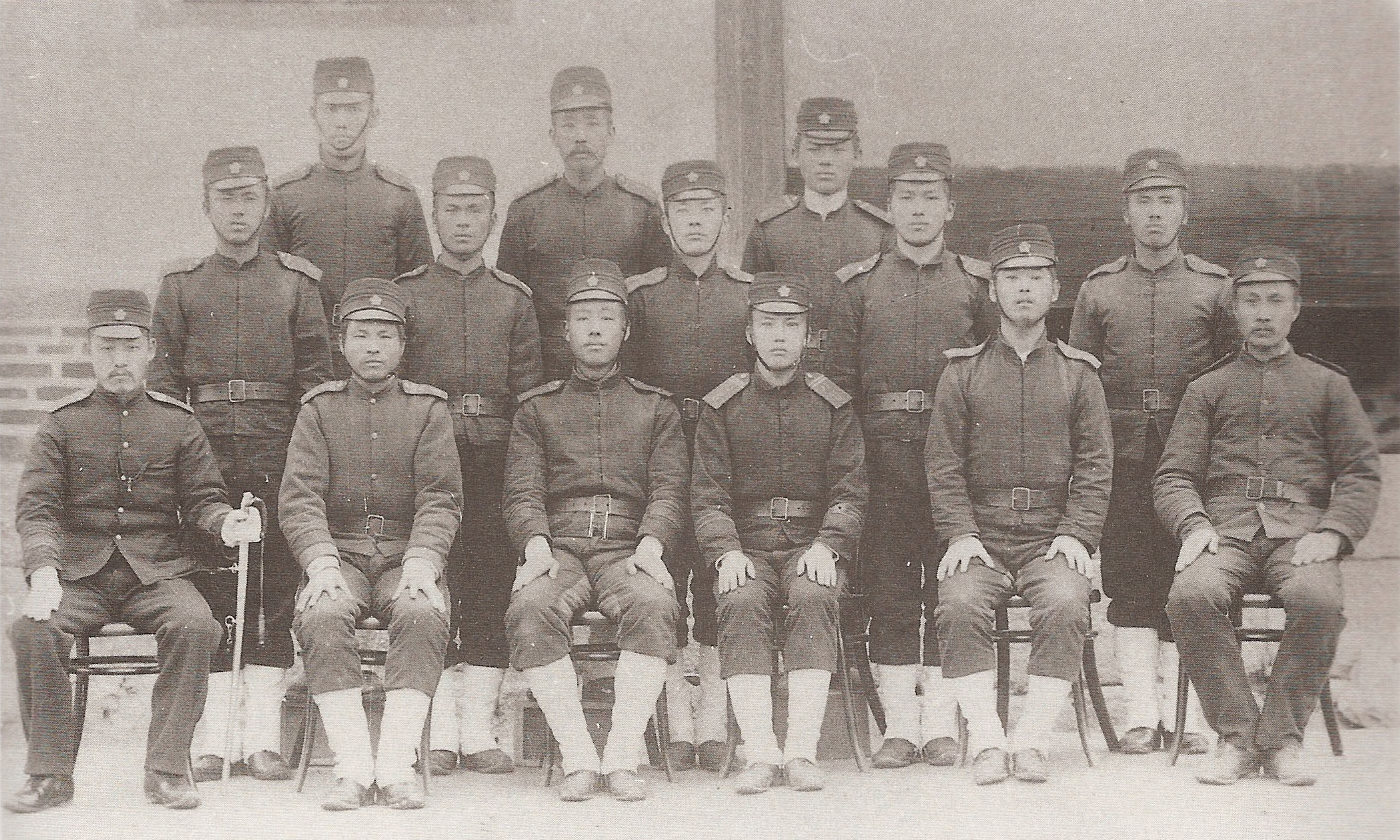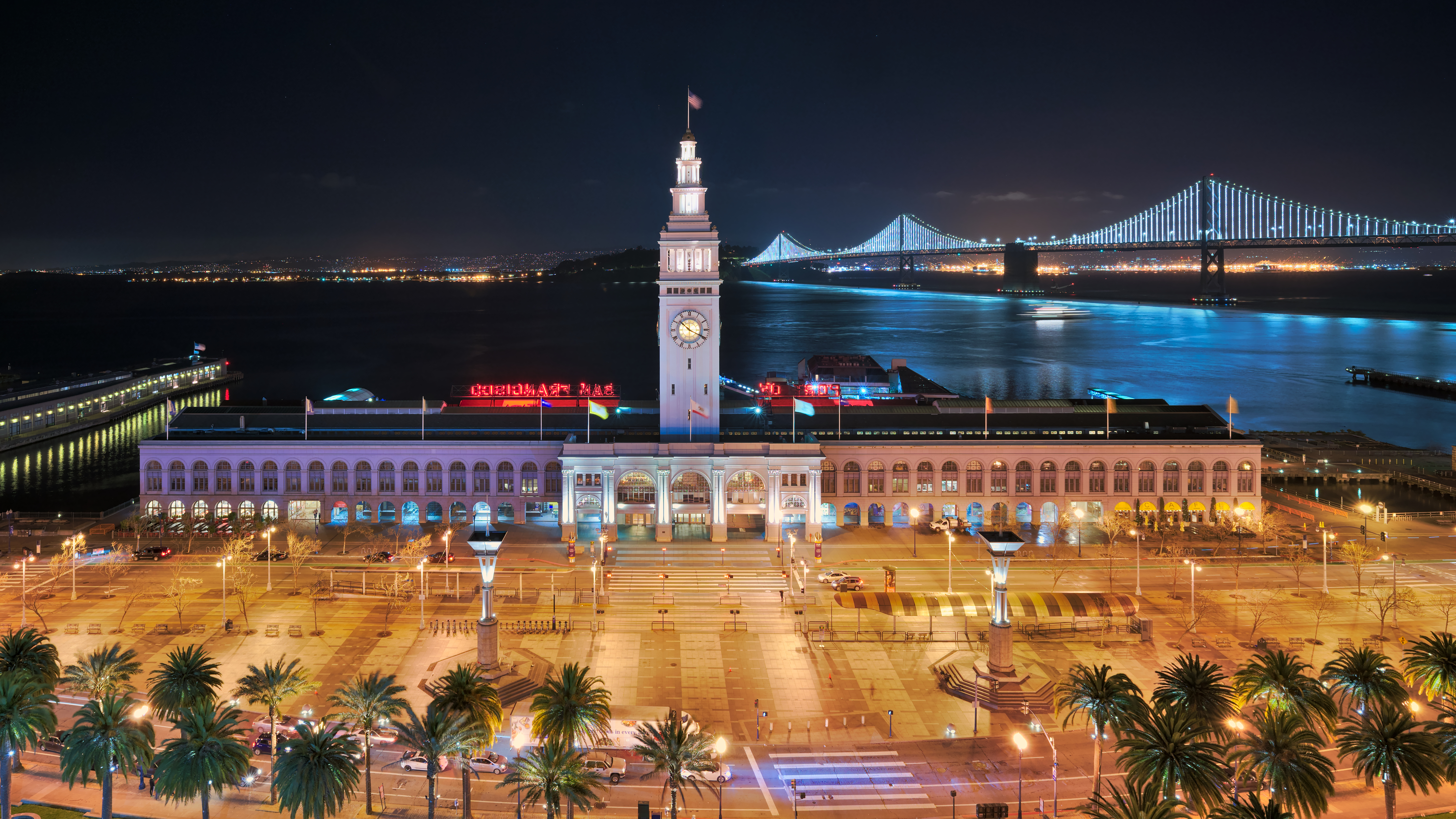|
Gwangmu Reform
The Kwangmu Reform () was a collection of reforms that were aimed at modernizing and Westernizing the Korean Empire as it felt held back from what other countries had achieved in their own process of Industrial Revolutions. It takes its name from Gojong, also known as the Gwangmu Emperor. The reforms that took place during the Gwangmu Era from 1897 to 1907 showed, in the long term, Korean potential for starting and achieving modernisation. This sort of development was unseen until the Chang Myon-era of the 1960s and 1970s. The Kwangmu reform later staged the fundamental background for future Korean development in infrastructure, reforming the economy and creating the nucleus of the modern bureaucracy and military. Reforms Abolition of the status system Following the collapse of the Gabo government proclaiming the abolition of the status system, the loyalists’ cabinet was formed in 1896. The new cabinet, which became the Kwangmu government after the establishment of the Kor ... [...More Info...] [...Related Items...] OR: [Wikipedia] [Google] [Baidu] [Amazon] |
Timeline Of The Kwangmu Reform
The following is a timeline of the Gwangmu Reform, which was a reforms for modernize Korea from the late 19th century to the early 20th century. Early modernizations (1883–94) * 1883: March. The Korea-Japanese Underground Cable Construction Treaty (조일해저전선부설조약,朝日海底電線敷設條約) was signed by Korea and Japan. This led to a telegraphic connection between Busan and Nagasaki. * 1883: May. American minister Lucius Foote arrived to take command of the modernization of Chosun's older army units that had not started Westernizing. * 1883: July. The first-ever Korean mission to the United States. The Ministry of Presswork and Publication (박문국,博文局) was opened for the modernisation of the printing industry. * 1883: August. The first edition of the '' Hanseong sunbo'' was published on this year. This is the first newspaper to be published in Chosun. * 1884: The Daedong Corporation (대동상회, 大同商會), the first modern domestic corpora ... [...More Info...] [...Related Items...] OR: [Wikipedia] [Google] [Baidu] [Amazon] |
Military Of The Korean Empire
The Imperial Korean Armed Forces (대한제국군) was the military of the Korean Empire. History Foundation Succeeding the Joseon Army (late 19th century), Joseon Army and Joseon Navy, Navy, the Gwangmu Reform reorganized the military into a modern western-style military. The foundation of the Imperial Korean Army started when Inoue Kaoru argued that the King should modernize the military and the commanding system in 1895. Korea established many military academies in Korea. Gojong of Korea tried to install his guards, but because of the interruptions of Japan, it was hard to use the Capital Guards (''Siwidae'',(시위대), (侍衛隊)) as his palace guards. But when the Japanese were being interrupted by other European countries, the ''Siwidae'' was formed as Gojong's guards. The minister of the military supervises the training of the ''Siwidae''. However, the ''Siwidae'' was disbanded in August of that year for failing to stop the Japanese from assassinating Empress Myeongse ... [...More Info...] [...Related Items...] OR: [Wikipedia] [Google] [Baidu] [Amazon] |
Streetcar
A tram (also known as a streetcar or trolley in Canada and the United States) is an urban rail transit in which vehicles, whether individual railcars or multiple-unit trains, run on tramway tracks on urban public streets; some include segments on segregated right-of-way. The tramlines or tram networks operated as public transport are called tramways or simply trams/streetcars. Because of their close similarities, trams are commonly included in the wider term '' light rail'', which also includes systems separated from other traffic. Tram vehicles are usually lighter and shorter than main line and rapid transit trains. Most trams use electrical power, usually fed by a pantograph sliding on an overhead line; older systems may use a trolley pole or a bow collector. In some cases, a contact shoe on a third rail is used. If necessary, they may have dual power systems—electricity in city streets and diesel in more rural environments. Occasionally, trams also carry frei ... [...More Info...] [...Related Items...] OR: [Wikipedia] [Google] [Baidu] [Amazon] |
Hanseong Electric Company
Korea Electric Power Corporation, better known as KEPCO () or Hanjeon (), is the largest electric utility in South Korea, responsible for the generation, transmission and distribution of electricity and the development of electric power projects including those in nuclear power, wind power and coal. KEPCO, through its subsidiaries, is responsible for 96% of Korea's electricity generation as of 2023. The South Korean government (directly and indirectly) owns a 51.10% share of KEPCO. Together with its affiliates and subsidiaries, KEPCO has an installed capacity of 83,235 MW. On the 2023 Fortune Global 500 ranking of the world's largest companies, KEPCO was ranked 258. KEPCO is a member of the World Energy Council, the World Nuclear Association and the World Association of Nuclear Operators. As of September 2024, KEPCO possesses an AA credit rating with S&P Ratings, while Moody's has assigned KEPCO an Aa2 stable rating. Originally located in Samseong-dong, Seoul, KEPCO headqua ... [...More Info...] [...Related Items...] OR: [Wikipedia] [Google] [Baidu] [Amazon] |
Joint Venture
A joint venture (JV) is a business entity created by two or more parties, generally characterized by shared ownership, shared returns and risks, and shared governance. Companies typically pursue joint ventures for one of four reasons: to access a new market, particularly emerging market; to gain scale efficiencies by combining assets and operations; to share risk for major investments or projects; or to access skills and capabilities.' Most joint ventures are incorporated, although some, as in the oil and gas industry, are "unincorporated" joint ventures that mimic a corporate entity. With individuals, when two or more persons come together to form a temporary partnership for the purpose of carrying out a particular project, such partnership can also be called a joint venture where the parties are "''co-venturers''". A joint venture can take the form of a business. It can also take the form of a project or asset JV, created for the purpose of pursuing one specific project, ... [...More Info...] [...Related Items...] OR: [Wikipedia] [Google] [Baidu] [Amazon] |
Infrastructure
Infrastructure is the set of facilities and systems that serve a country, city, or other area, and encompasses the services and facilities necessary for its economy, households and firms to function. Infrastructure is composed of public and private physical structures such as roads, railways, bridges, airports, public transit systems, tunnels, water supply, sewers, electrical grids, and telecommunications (including Internet connectivity and broadband access). In general, infrastructure has been defined as "the physical components of interrelated systems providing commodities and services essential to enable, sustain, or enhance societal living conditions" and maintain the surrounding environment. Especially in light of the massive societal transformations needed to mitigate and adapt to climate change, contemporary infrastructure conversations frequently focus on sustainable development and green infrastructure. Acknowledging this importance, the international co ... [...More Info...] [...Related Items...] OR: [Wikipedia] [Google] [Baidu] [Amazon] |
Russo-Japanese War
The Russo-Japanese War (8 February 1904 – 5 September 1905) was fought between the Russian Empire and the Empire of Japan over rival imperial ambitions in Manchuria and the Korean Empire. The major land battles of the war were fought on the Liaodong Peninsula and near Shenyang, Mukden in Southern Manchuria, with naval battles taking place in the Yellow Sea and the Sea of Japan. Russia had pursued an expansionist policy in Siberia and the Russian Far East, Far East since the reign of Ivan the Terrible in the 16th century. At the end of the First Sino-Japanese War, the Treaty of Shimonoseki of 1895 had ceded the Liaodong Peninsula and Lüshun Port, Port Arthur to Japan before the Triple Intervention, in which Russia, Germany, and France forced Japan to relinquish its claim. Japan feared that Russia would impede its plans to establish a sphere of influence in mainland Asia, especially as Russia built the Trans-Siberian Railway, Trans-Siberian Railroad, began making inroads in K ... [...More Info...] [...Related Items...] OR: [Wikipedia] [Google] [Baidu] [Amazon] |
Yi Yong-ik
Yi Yong-ik (; 6 January 1854 – 1907) was an official, and politician of the Korean Empire. As an official, Yi was very interested in education. He established Bosung College, which later became Korea University. As an officer he was also a lieutenant general of the Imperial Korean Army. Biography On 6 January 1854, Yi was born in Myongchon County, Hamgyong Province, Joseon. His father, Yi Hak-shin, was an official who passed the civil service exam in 1837. His family was a poor, but Yi learned Chinese characters from Seodang. Before becoming an official, Yi was a peddler. During the Gapsin Coup, Yi took Min Young-ik, who was attacked by the Gaewha factions, to Horace Newton Allen. From this incident, Yi became close with Min Young-ik. In 1882, during Imo Incident he helped Min Young-ik to contact with Empress Myeongseong. After the Imo Incident, Gojong appointed him as Busa of Tanchon. In Tanchon, Yi discovered tremendous amount of golds, which aided the government financiall ... [...More Info...] [...Related Items...] OR: [Wikipedia] [Google] [Baidu] [Amazon] |
Landownership
A landlord is the owner of property such as a house, apartment, condominium, land, or real estate that is rented or leased to an individual or business, known as a tenant (also called a ''lessee'' or ''renter''). The term landlord applies when a juristic person occupies this position. Alternative terms include lessor and owner. For female property owners, the term landlady may be used. In the United Kingdom, the manager of a pub, officially a licensed victualler, is also referred to as the landlord/landlady. In political economy, landlord specifically refers to someone who owns natural resources (such as land, excluding buildings) from which they derive economic rent, a form of passive income. History The concept of a landlord can be traced to the feudal system of manoralism ( seignorialism), where landed estates were owned by Lords of the Manor (mesne lords). These lords were typically members of the lower nobility who later formed the rank of knights during the hig ... [...More Info...] [...Related Items...] OR: [Wikipedia] [Google] [Baidu] [Amazon] |
Cadastral
A cadastre or cadaster ( ) is a comprehensive recording of the real estate or real property's metes and bounds, metes-and-bounds of a country.Jo Henssen, ''Basic Principles of the Main Cadastral Systems in the World,'/ref> Often it is represented graphically in a cadastral map. In most countries, legal systems have developed around the original administrative systems and use the cadastre to define the dimensions and location of land parcels described in legal documentation. A land parcel or cadastral parcel is defined as "a continuous area, or more appropriately volume, that is identified by a unique set of homogeneous property rights". Cadastral surveys document the Boundary (real estate), boundaries of land ownership, by the production of documents, diagrams, sketches, plans (''plats'' in the US), charts, and maps. They were originally used to ensure reliable facts for land valuation and taxation. An example from early England is the Domesday Book in 1086. Napoleon establish ... [...More Info...] [...Related Items...] OR: [Wikipedia] [Google] [Baidu] [Amazon] |
Office Of Crown Property
An office is a space where the employees of an organization perform administrative work in order to support and realize the various goals of the organization. The word "office" may also denote a position within an organization with specific duties attached to it (see officer or official); the latter is an earlier usage, as "office" originally referred to the location of one's duty. In its adjective form, the term "office" may refer to business-related tasks. In law, a company or organization has offices in any place where it has an official presence, even if that presence consists of a storage silo. For example, instead of a more traditional establishment with a desk and chair, an office is also an architectural and design phenomenon, including small offices, such as a bench in the corner of a small business or a room in someone's home (see small office/home office), entire floors of buildings, and massive buildings dedicated entirely to one company. In modern terms, an office i ... [...More Info...] [...Related Items...] OR: [Wikipedia] [Google] [Baidu] [Amazon] |









